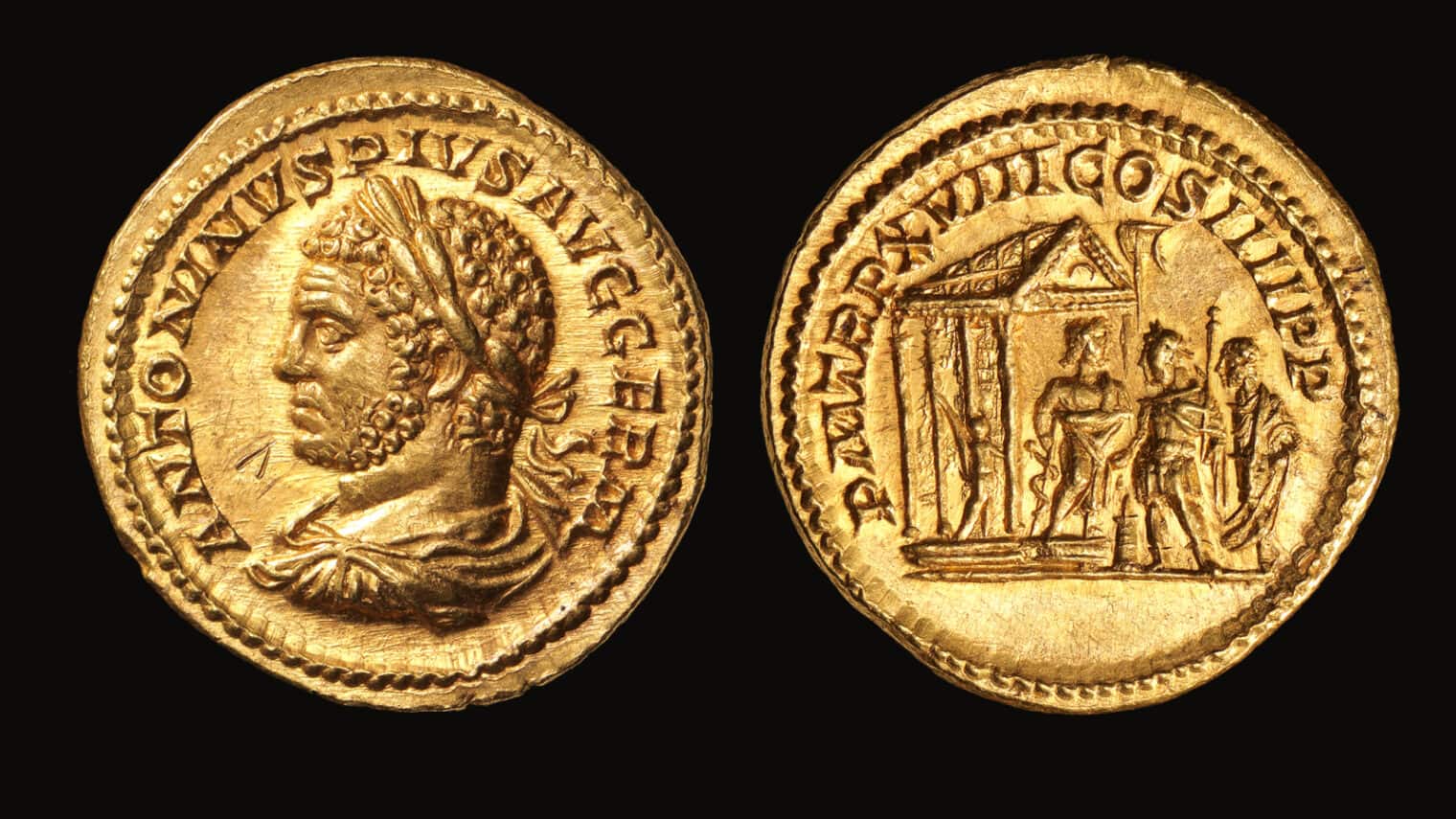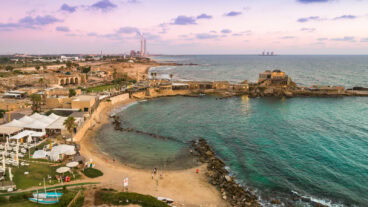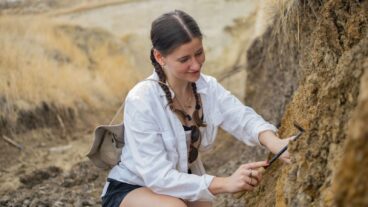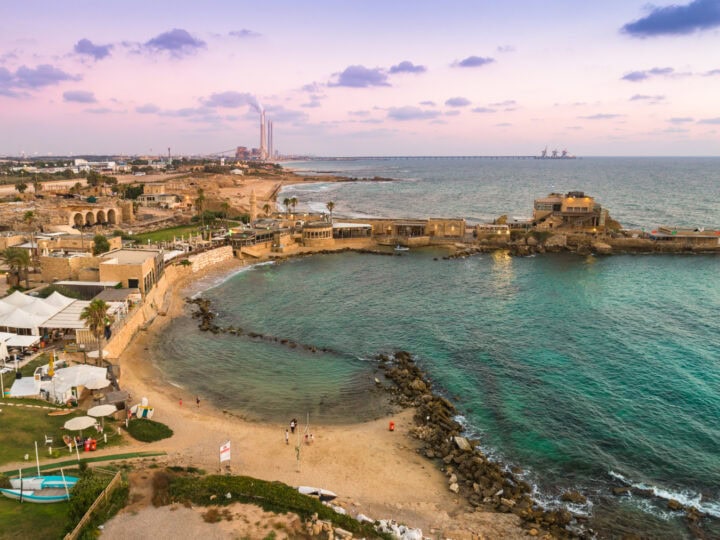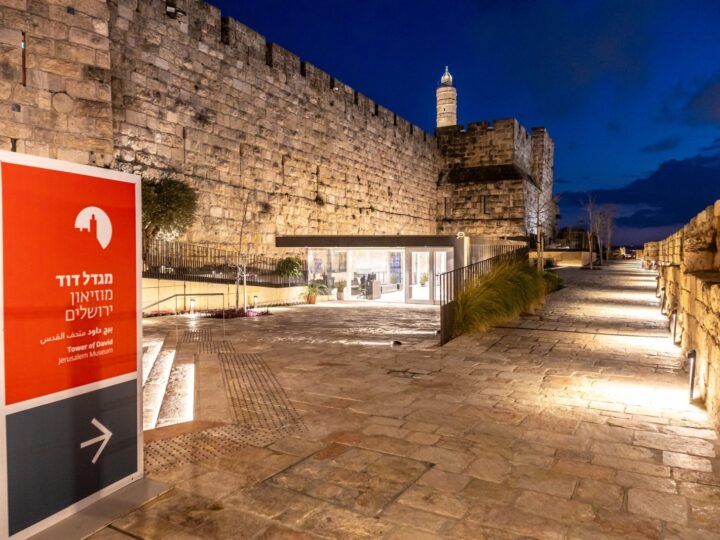Nestled in the heart of Jerusalem, the Israel Museum stands as a beacon of cultural heritage, housing some of the most significant ancient treasures that shed light on millennia of human history.
Among its vast collection are artifacts that stand out for their historical, archeological and cultural significance. Preserving and showcasing these ancient treasures not only enriches our understanding of the past but also serves as a testament to the enduring legacy of human civilization.
If you’re planning a trip to the museum, make sure you check out these 10 items recommended by the staff.
1. Second Temple-era stone container
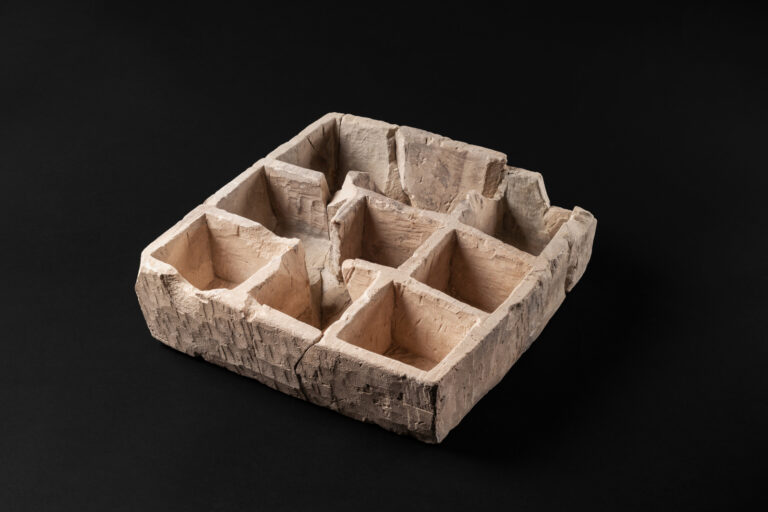
Dating back to the days of the Second Temple, approximately 516 BCE – 70 CE, a rare multi-compartment stone container has recently been unveiled to the public. Discovered during excavations in the City of David within Jerusalem Walls National Park, this unique box provides a glimpse into ancient storage practices and possibly endured events like the Great Jewish Revolt against the Romans that began in 66 CE. The box was burned, likely in the destruction of Jerusalem in the year 70.
2. The Dead Sea Scrolls
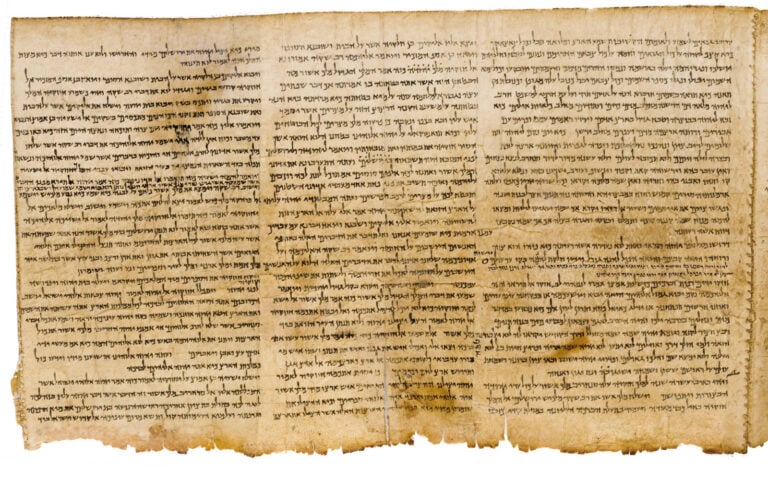
Perhaps the most renowned of all discoveries on display, the Dead Sea Scrolls offer invaluable insights into ancient Jewish life and thought. Dating from the third century BCE to the first century CE, these manuscripts, found in caves near Khirbet Qumran, are a treasure trove for scholars studying Judaism, Christianity and the Hellenistic-Roman era. They’re housed in their own building on the museum’s grounds.
3. History’s earliest ancient figurine
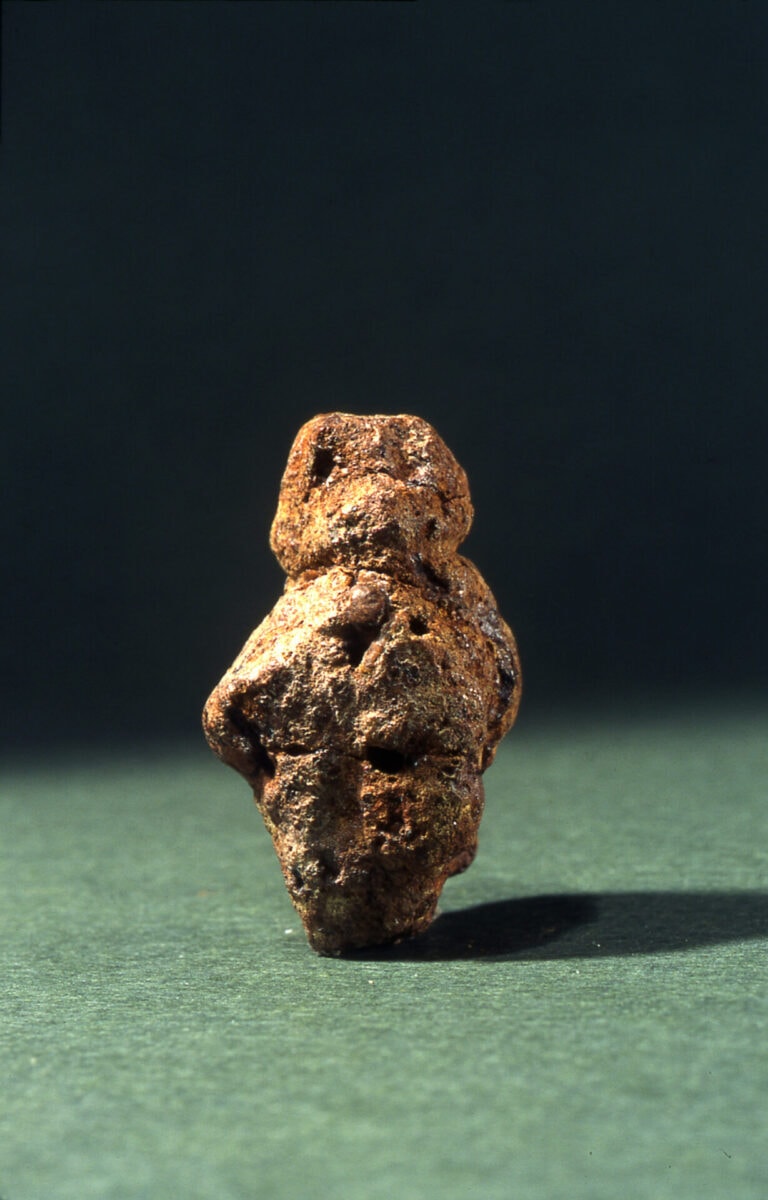
A 233,000-year-old figurine of a woman, from Berekhat Ram in the Golan Heights, represents humanity’s earliest known artistic expression. Carved from volcanic material, this tiny artifact showcases the ingenuity and creativity of ancient artists.
4. Calcified barley seeds
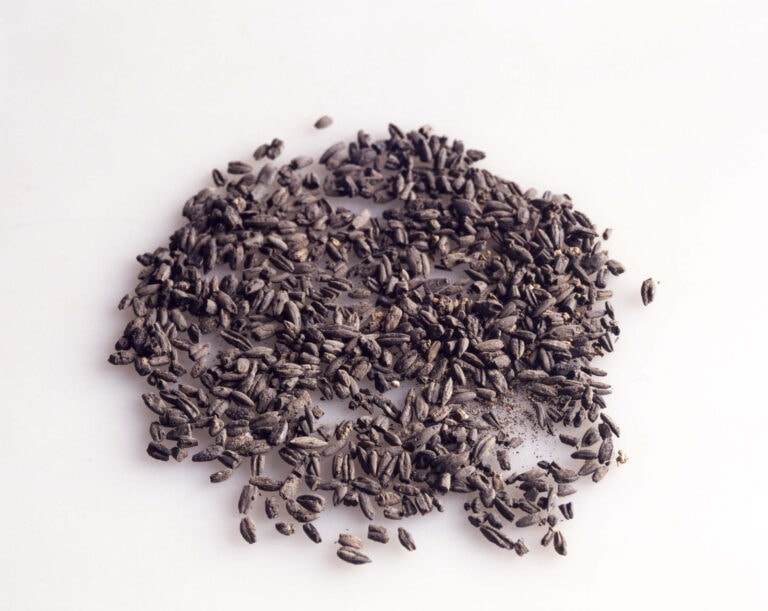
These ancient barley seeds from the Neolithic period may look like simple seeds, but they are actually evidence of the agricultural revolution that transformed human societies. The ability to cultivate and store crops marked a pivotal moment in human history, leading to profound changes in lifestyle and civilization.
5. Objects from the Cave of the Treasure
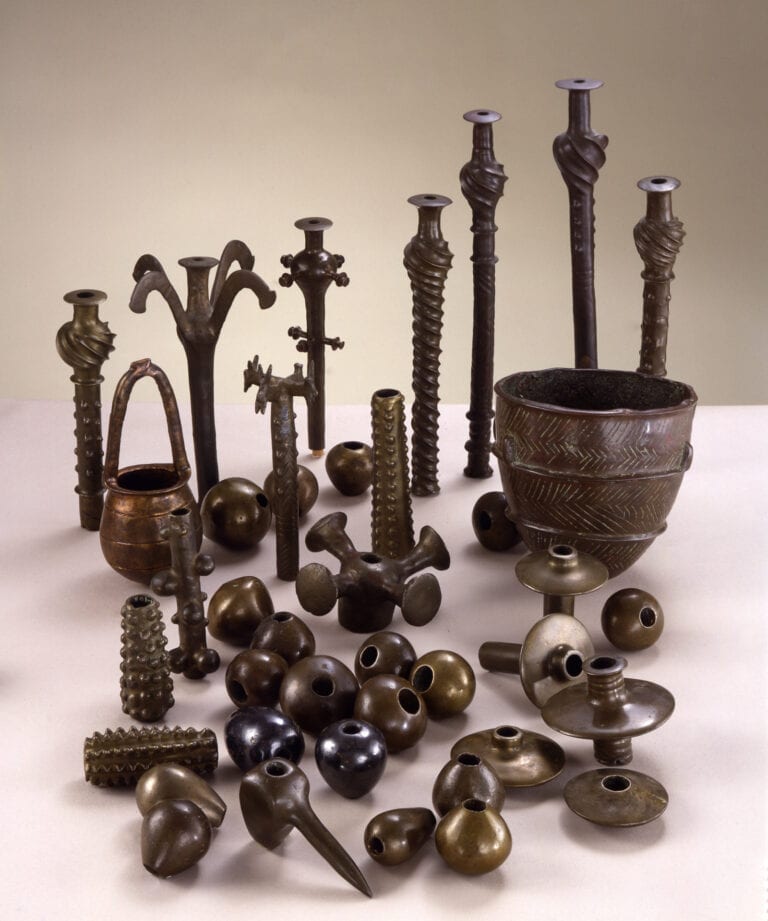
A fascinating hoard of 429 ritual objects discovered in a cave in the Judean Desert offers a window into ancient religious practices and the efforts to preserve cultural heritage during uncertain times. They date from the Chalcolithic period, 4500–3500 BCE.
6. Lion reliefs
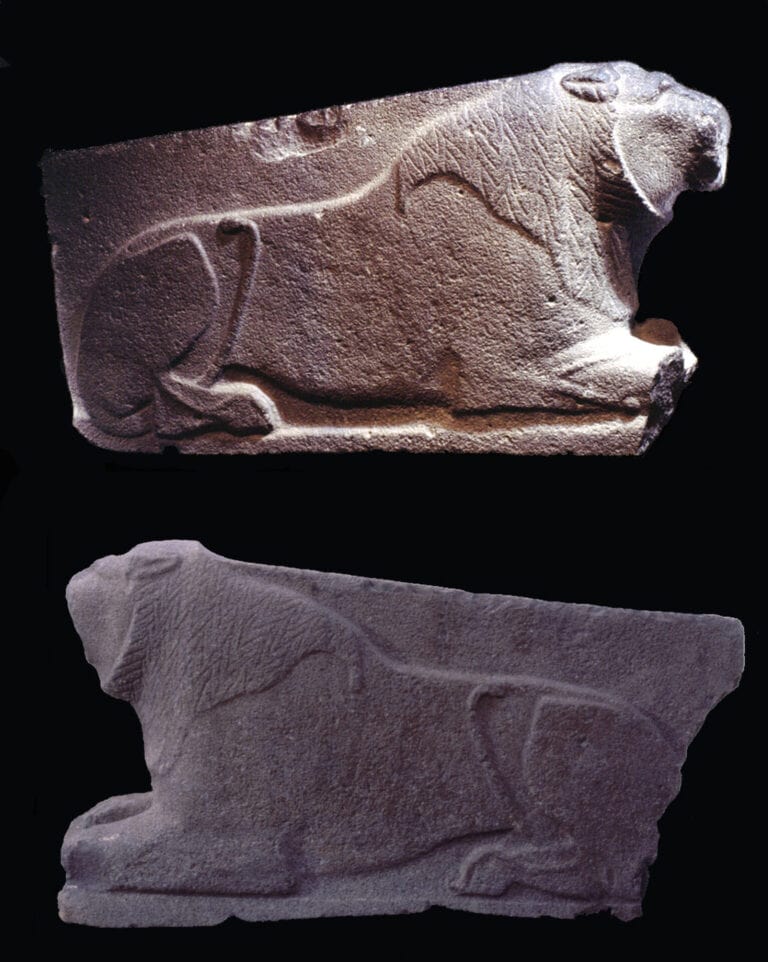
Once believed to possess mystical powers, lion reliefs decorated public buildings in ancient
Syria and Mesopotamia in the Late Bronze Age, 15th–13th century BCE. The ones displayed at the Israel Museum may have adorned the entrance to the Orthostat Temple at Hazor, and provide an understanding of ancient beliefs and artistic traditions.
7. House of David victory stele
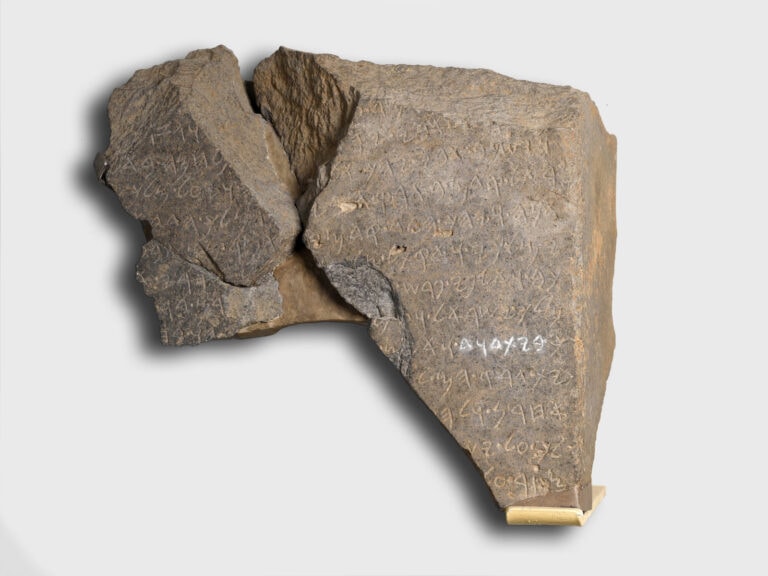
This ninth century BCE inscription, part of a monumental stone slab, contains the earliest reference to the Davidic dynasty outside biblical texts, shedding light on ancient political rivalries and power struggles. In the inscription, Hazael, king of Aram, boasts of killing Joram of Israel and Ahaziah of “the House of David.”
8. Ossuary of Joseph son of Caiaphas
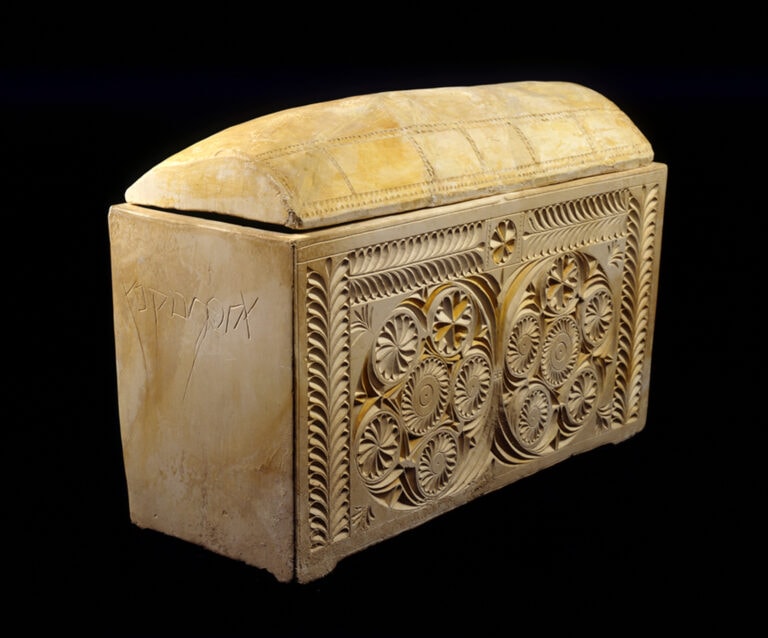
Linked to Joseph son of Caiaphas, the high priest involved in the arrest of Jesus, this ossuary offers a tangible connection to events depicted in the Christian Scriptures, making it a significant artifact for biblical scholars and historians alike.
9. Busts of Hadrian
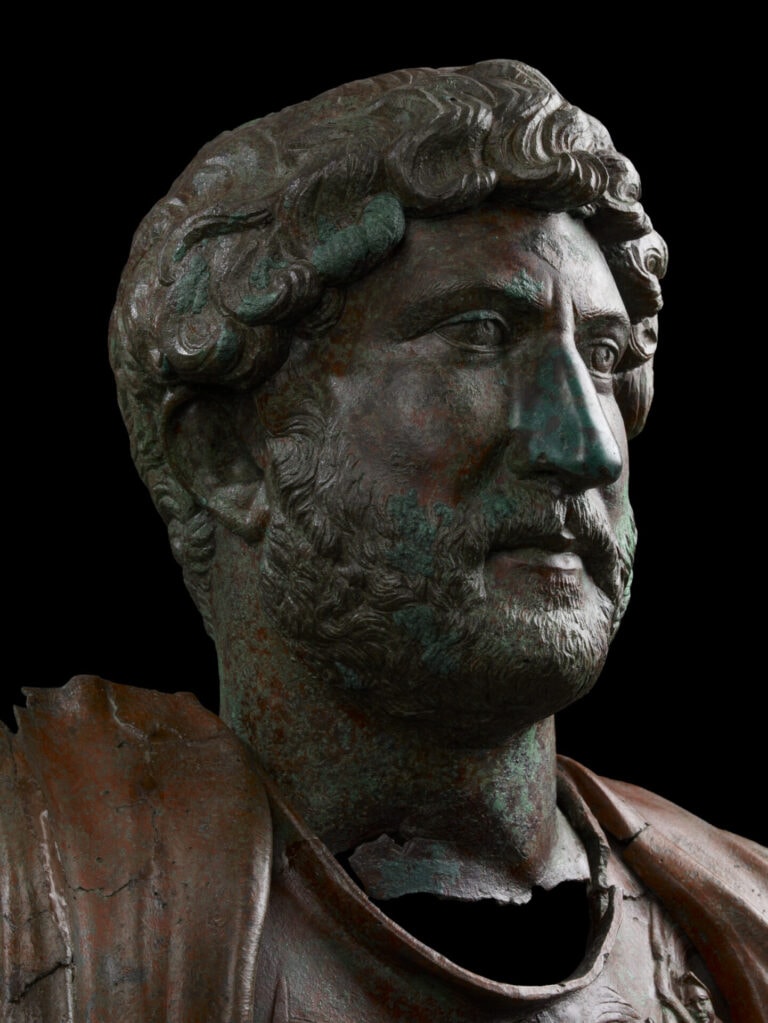
The display of three bronze portraits of Emperor Hadrian (117 – 138 CE) marks his symbolic return to Jerusalem, showcasing the complex legacy of a ruler known for both his enlightened policies and controversial actions in Judea.
10. Ancient coin collection
The Israel Museum’s numismatic collection features a wide array of coins from different historical periods, providing visual evidence of economic and political developments throughout ancient times.




